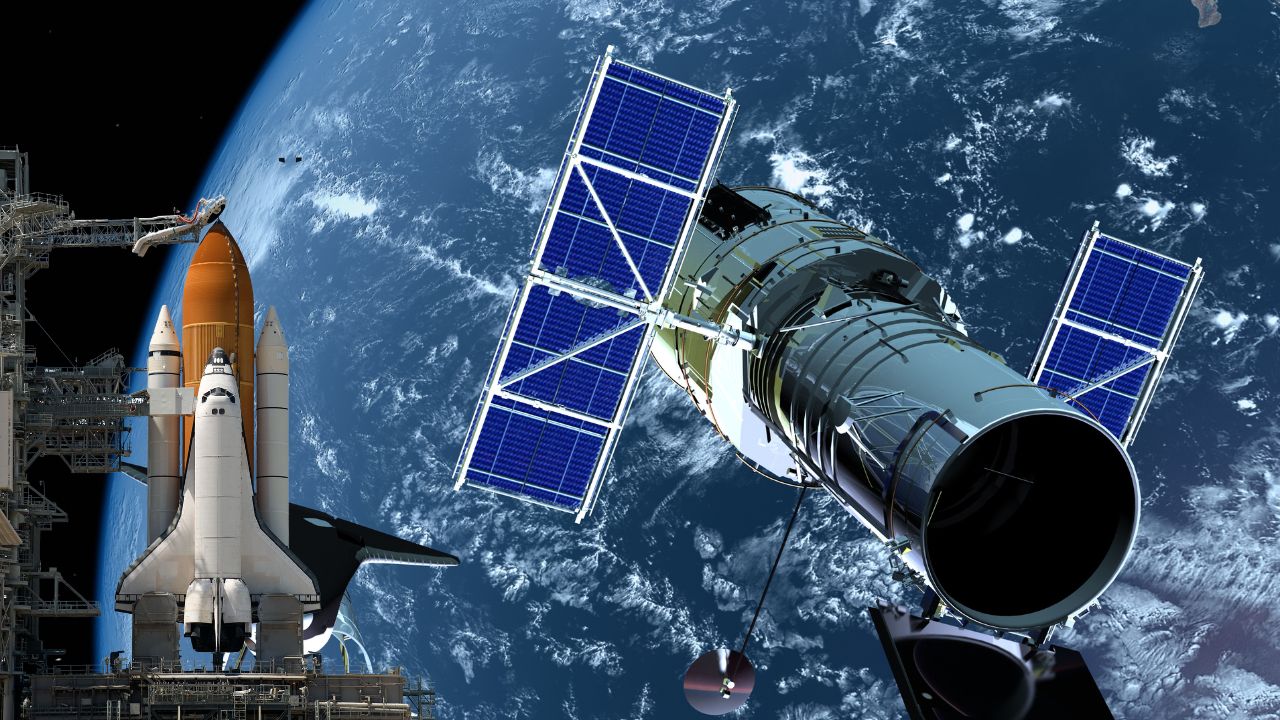 9 months ago
Technology
By akhabartime
124 Views
9 months ago
Technology
By akhabartime
124 Views
Space Exploration Technologies: The Future of Space Travel
Space exploration has always captivated humanity’s imagination. From the earliest days of stargazing to the monumental achievements of sending humans to the Moon, space exploration technologies have evolved significantly over the years. In recent decades, however, the pace of innovation has accelerated, and new advancements in space technology are enabling more ambitious missions than ever before. These technologies promise to unlock new frontiers, expand our understanding of the cosmos, and even pave the way for human habitation on other planets.
In this article, we will explore the various space exploration technologies that are shaping the future of space travel, focusing on the groundbreaking innovations that are pushing the boundaries of what we thought possible.
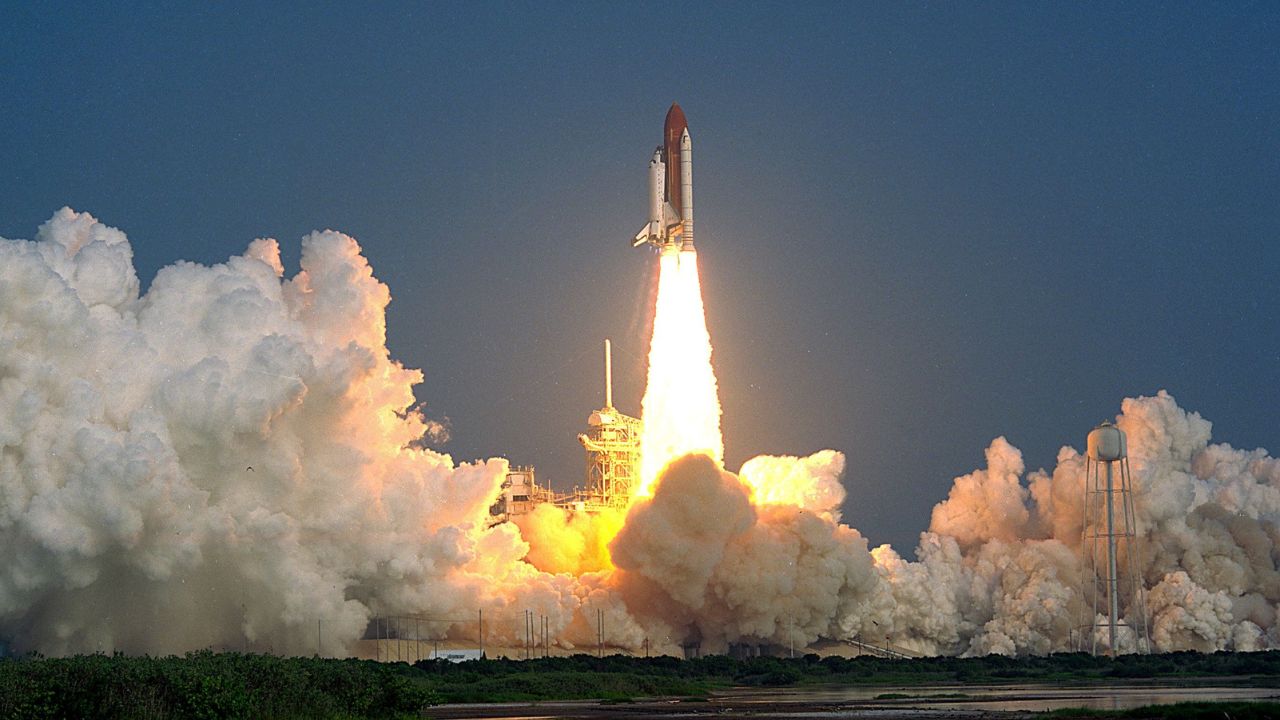
1. The Rise of Reusable Rockets
One of the most significant advancements in space exploration technologies has been the development of reusable rockets. Traditionally, rockets were single-use, meaning they were discarded after every launch. This not only made space travel incredibly expensive but also limited the frequency of space missions.
The emergence of companies like SpaceX, founded by Elon Musk, has revolutionized space exploration with the development of the Falcon 9 rocket. The Falcon 9’s ability to return to Earth and be reused for subsequent launches has drastically reduced the cost of space travel. This reusable technology is a game-changer, allowing for more frequent and cost-effective missions to space, including resupply missions to the International Space Station (ISS) and crewed missions to the Moon and Mars.
SpaceX’s Starship, which is currently under development, promises to be an even more advanced reusable spacecraft capable of carrying astronauts to the Moon, Mars, and beyond. With the ability to be fully reused, Starship is expected to play a pivotal role in humanity’s exploration of deep space.
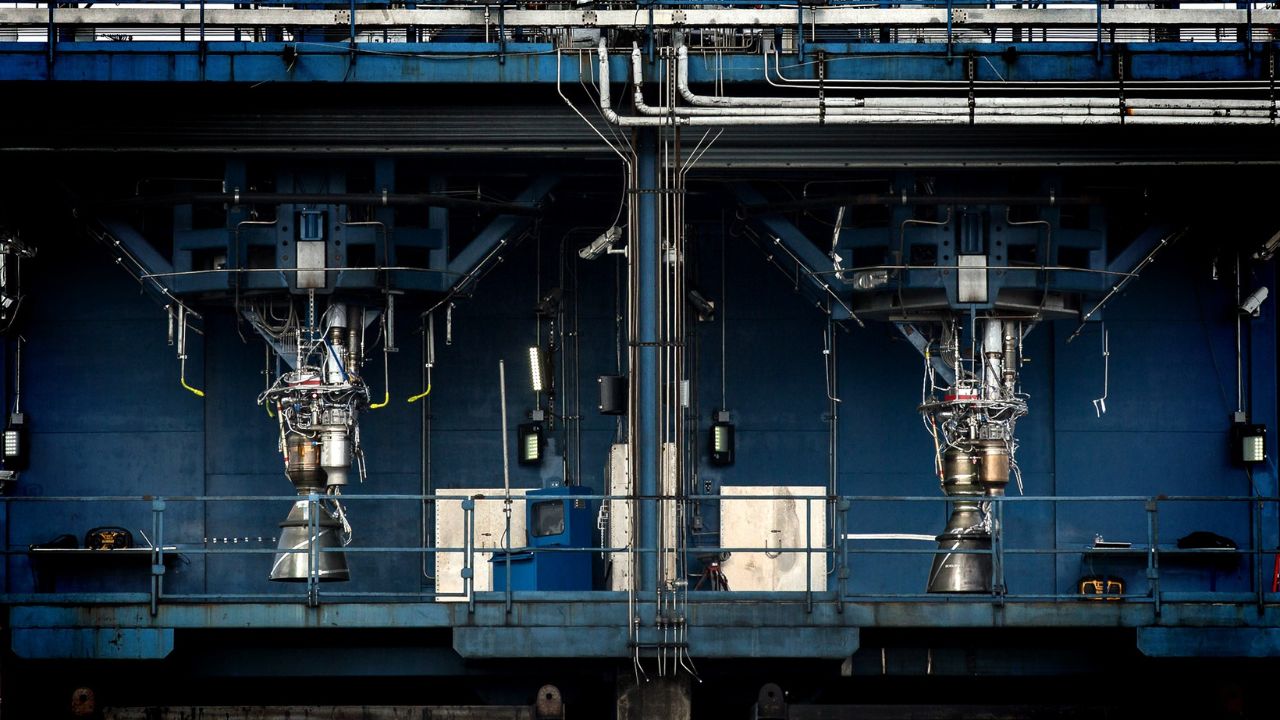
2. Ion Propulsion Systems: A Leap Forward in Space Travel
Another cutting-edge technology revolutionizing space exploration is the ion propulsion system. Unlike traditional chemical rockets, which expel mass at high speeds to generate thrust, ion propulsion systems use electric fields to accelerate charged particles (ions) to extremely high velocities. This method of propulsion is much more efficient, requiring less fuel, which opens up new possibilities for long-duration space missions.
NASA’s DART (Double Asteroid Redirection Test) mission, which was launched in 2021, used an ion propulsion system to test asteroid deflection. This mission showcased how ion propulsion can be used to travel long distances in space with minimal fuel consumption. The benefits of ion propulsion include a higher specific impulse, longer operational lifetimes, and the ability to travel farther with less fuel, making it an essential technology for future interplanetary missions.

3. Space Habitat Technologies: Building Homes in Space
For space exploration to move beyond short-duration missions, technologies for sustainable living in space are essential. NASA and private companies are working on advanced space habitat technologies to ensure that astronauts can live and work in space for extended periods. These habitats need to provide oxygen, water, food, and protection from harmful radiation.
One such example is NASA’s Lunar Gateway, which is part of the Artemis Program. The Lunar Gateway is a space station that will orbit the Moon, providing a base for astronauts to stay as they prepare for future missions to Mars. This space station will rely on cutting-edge life support systems, radiation shielding, and sustainable energy solutions, such as solar power, to keep astronauts safe and healthy.
Additionally, companies like Bigelow Aerospace have developed inflatable space habitats that could potentially be used for both space tourism and long-term missions. These inflatable modules are lightweight, flexible, and easy to deploy, offering a promising solution for future space colonies.
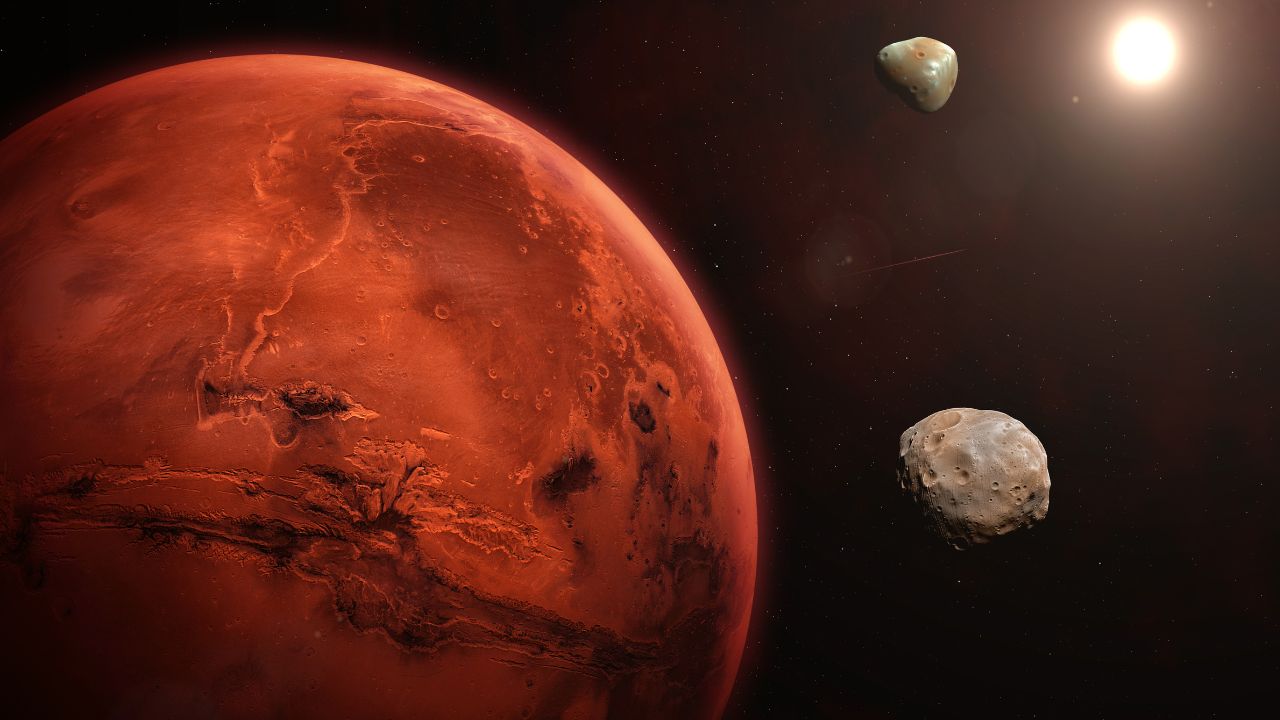
4. Advanced Propulsion for Interplanetary Missions
As humanity looks to explore Mars and even farther destinations like the moons of Jupiter and Saturn, advanced propulsion technologies are essential for making these long-duration missions a reality. Several advanced propulsion systems are being developed to allow spacecraft to travel farther and faster than ever before.
Nuclear thermal propulsion (NTP) is one such technology that holds significant promise. NTP uses nuclear reactors to heat a propellant, such as hydrogen, to extremely high temperatures and then expels it to generate thrust. This technology could enable spacecraft to reach Mars in just a few months, compared to the years it would take using conventional chemical rockets.
Another exciting development is nuclear electric propulsion (NEP), which combines nuclear power with electric propulsion systems. NEP would provide the necessary energy for long-duration space missions while maintaining high efficiency. NASA’s Parker Solar Probe, which launched in 2018, utilized an ion engine for its journey to the Sun, showcasing the potential of electric propulsion for future space exploration.

5. Artificial Intelligence and Robotics in Space Exploration
Artificial intelligence (AI) and robotics are also playing a vital role in space exploration technologies. AI can analyze large amounts of data from space missions, helping scientists make better decisions and improve mission outcomes. AI systems are also being used in autonomous spacecraft, reducing the need for human intervention.
Robotic systems have been indispensable in space exploration, especially in harsh and dangerous environments. NASA’s Perseverance Rover, which landed on Mars in 2021, is equipped with advanced AI algorithms that help it navigate the Martian surface and make autonomous decisions. Robots like Perseverance are essential for exploring planets and moons where human presence is not yet feasible.
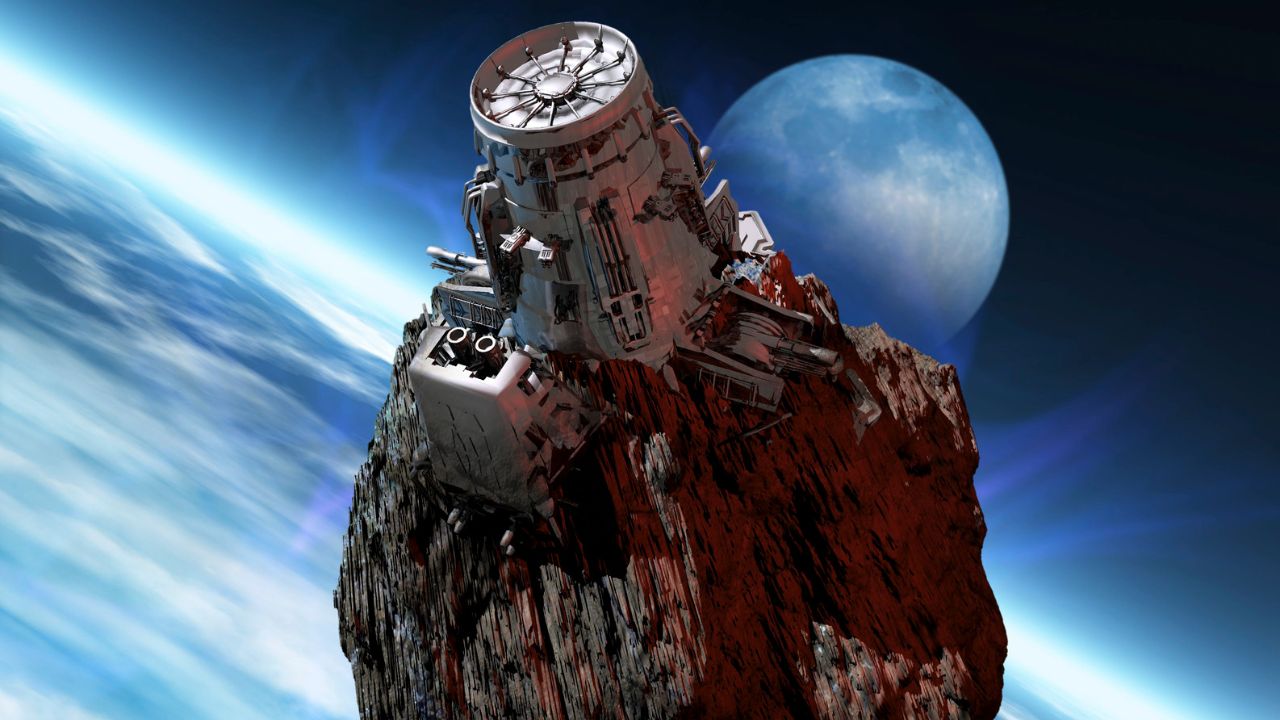
6. Space Mining: Harvesting Resources from Asteroids
As humanity looks to establish permanent settlements on the Moon and Mars, the ability to mine resources in space will become crucial. Space mining technologies aim to extract valuable resources such as water, metals, and minerals from asteroids and the Moon. These resources could be used for fuel, building materials, and life support systems, significantly reducing the reliance on Earth-based supplies.
In 2020, NASA’s OSIRIS-REx mission successfully collected samples from the asteroid Bennu, marking the first time a spacecraft collected material from an asteroid. This mission demonstrated the potential for future space mining endeavors. Companies like Planetary Resources and Deep Space Industries are also working on technologies to mine asteroids, hoping to bring back resources that could fuel space exploration and even Earth’s economy.

7. Space Tourism Technologies
Another rapidly growing sector is space tourism. While still in its infancy, space tourism is already becoming a reality with companies like Blue Origin, Virgin Galactic, and SpaceX leading the way. These companies are developing suborbital and orbital flight technologies that will allow private citizens to experience space travel.
Virgin Galactic’s SpaceShipTwo is a suborbital spacecraft that takes passengers on a short trip to the edge of space, providing a few minutes of weightlessness before returning to Earth. Blue Origin’s New Shepard rocket has also successfully carried passengers into suborbital space. In the coming years, as these technologies improve, space tourism could become more affordable, opening up space travel to a broader population.
Conclusion: The Future of Space Exploration Technologies
Space exploration technologies are evolving at an unprecedented rate, and the future holds incredible potential for humanity. With innovations like reusable rockets, advanced propulsion systems, space habitats, AI, and robotics, the dream of becoming a multi-planetary species is becoming more tangible. These technologies not only promise to expand our knowledge of the cosmos but also offer the potential for sustainable living in space, space tourism, and even resource extraction from asteroids.
As we continue to push the boundaries of space exploration, the need for collaboration between governments, private companies, and international space agencies will be essential in making these technologies a reality. The next few decades will likely see a revolution in how we explore and interact with space, and the technologies we develop today will shape the future of space travel for generations to come.
